Brilliant Directories
Brilliant Directories - Getting Started Video Guides
Brilliant Directories - Webinar Wednesdays
Set Up Google Maps - Brilliant Directories
Bookmarks
Integrating Google Maps with Your Website
This guide provides a step-by-step tutorial on how to integrate Google Maps into your website by creating and connecting a Google Maps API key. It covers the initial setup, including connecting your live domain, navigating the Google Cloud Platform, setting up billing information, enabling necessary APIs, and configuring application and website restrictions. The guide ensures that users can successfully implement Google Maps functionality on their websites, with ongoing support available if needed.
Introduction to Google Maps Integration
In this section, we will explore how to integrate Google Maps into your website. This process is essential for enabling location-based searches and enhancing user experience. As demonstrated, attempting to use Google Maps without proper integration results in an error message, indicating the need for a Google Maps API key.
The integration involves a one-time setup process, ensuring that your website can effectively utilize Google Maps services.
Preparing Your Website for Google Maps
To successfully integrate Google Maps into your website, it's crucial to ensure that your live domain is connected. This is a one-time setup process that will enable Google Maps and location search functionality, allowing you to set it up once and not worry about it again.
Before you set up Google Maps, be sure that you have already connected your live domain to your website.

Ensuring your domain is live is a critical step before proceeding with the Google Maps setup. This connection is necessary for the map and location features to function correctly on your site.
Accessing Google Maps Settings
To integrate Google Maps into your website, start by navigating to your website's admin area. From there, access the settings, proceed to general settings, and then click on the integrations tab.
Let's go into our website's admin area, and we'll hop into settings, general settings, and then the integrations tab.
Once in the integrations tab, scroll down to locate the Google Maps section. Setting up your Google Maps API key is straightforward and should only take a few minutes. However, keep in mind that Google frequently updates their user interface. If the interface you see differs from what is shown in this guide, click the "learn more" link. This will direct you to our up-to-date written documentation, complete with screenshots, to assist you in setting up Google Maps.

Creating a Google Maps API Key
To create a Google Maps API Key, follow these steps:
-
Visit Google Cloud Platform
-
Ensure you are signed into the Google account associated with your website or business.
"Head on over to cloud dot Google dot com slash maps dash platform."
-
Sign In and Enter Billing Information
-
Click the "Get Started" button.
-
Enter your billing information when prompted. Although this might seem daunting, Google offers $200 in free credits each month.
"Google currently provides two hundred dollars in free credits each month."
- Most users find that their usage remains free within this credit limit. If you exceed it, it likely means your website is generating sufficient revenue to cover the costs.
-
-
Enable Maps, Routes, and Places APIs
- After setting up billing, select all three APIs: Maps, Routes, and Places.
- Click the "Enable" button.
- Respond to any questions about your project to complete the setup.

By following these steps, you will successfully create a Google Maps API Key, enabling you to integrate Google Maps into your website effectively.
Configuring API Key Restrictions
In this section, we will guide you through the process of configuring API key restrictions for your Google Maps integration. This is a crucial step to ensure that your API key is secure and only used by authorized sources.
Step 1: Copy the API Key
Once you have created your API key, the first step is to copy it and navigate back to your website's admin area. Here, you will paste the API key where prompted and save the changes.
Let's copy this API key and go back into our website's admin area.
Step 2: Access Google Cloud Platform
After saving the API key in your website's admin area, return to the Google Cloud Platform. Click "Done" on the pop-up window and navigate to the "Credentials" section from the left-hand menu.
Step 3: Set Application Restrictions
Select the Maps API key you just created. Under "Application restrictions," choose "HTTP referrers."
For application restrictions, we'll select HTTP referrers.
Step 4: Add Website Restrictions
Scroll down to "Website restrictions" and add the following items:
*.managemydirectory.commanagemydirectory.com(This is the URL of your website's admin area.)*.setupmywebsite.com(Replace with your actual domain.)setupmywebsite.com(Replace with your actual domain.)
Click "Done" after adding each item.
Step 5: Ensure API Restrictions
Finally, ensure that the option "Don't restrict key" is selected under API restrictions. This setting allows your API key to function without additional restrictions, which is necessary for initial setup and testing.
By following these steps, you will have successfully configured your API key restrictions, enhancing the security and functionality of your Google Maps integration. Proceed to the next section to test your Google Maps functionality.
Testing Google Maps Functionality
To ensure that Google Maps is functioning correctly on your website, follow these steps:
-
Refresh Your Website: After configuring your API key and restrictions, navigate to your website and refresh the page.
-
Test Location Search: Try entering a location in the search bar. This will help verify that the Google Maps integration is working as expected.
-
Confirm Functionality: You should see location suggestions appearing as you type, indicating that Google Maps is properly set up.
Let's head on over to our website, we'll refresh it, and let's try entering a location.

Support and Troubleshooting
Setting up Google Maps on your website is a straightforward process, and once completed, it should function seamlessly. However, if you encounter any issues or have questions, our support team is readily available to assist you.
If you have questions, please reach out at any time.
We are committed to providing the help and support you need to ensure everything runs smoothly. Feel free to contact us whenever necessary.




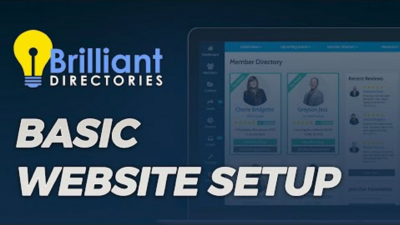

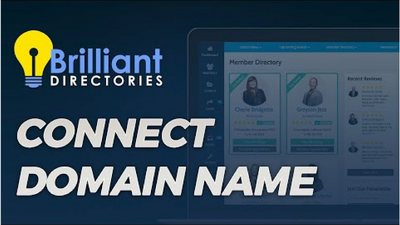

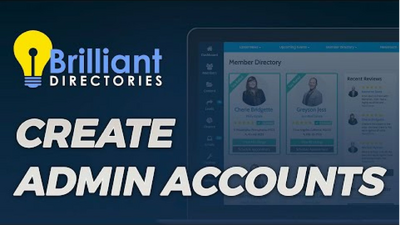
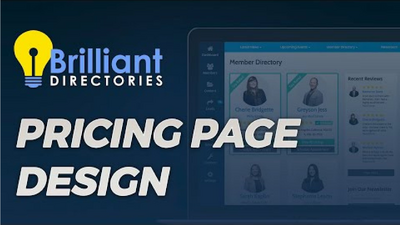

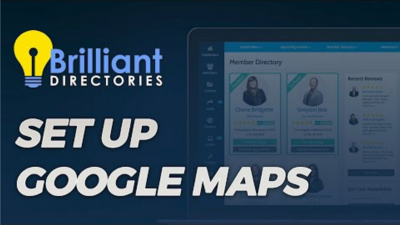

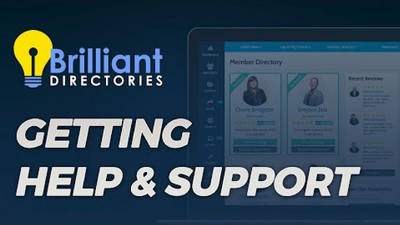


































![035. Profile Page Cover Photo [Members Dashboard] - Webinar Wednesday 35 - Guide for Directory](https://img.simplerousercontent.net/scaled_image/12904111/2bf80714eced574a28671acfc76cad7b252590a0/maxresdefault-34-768x432-400w-225h.jpg)








![044. Creating On-Site Visitor Actions [Online Marketing] - Webinar Wednesday 44- Directory Soft](https://img.simplerousercontent.net/scaled_image/12904073/0983fd510f623380c28bdb4c4646fa97fbeebe82/WW-Thumbnail-768x432-400w-225h.png)










![055. Results from Optimizing Homepage SEO for Google [Part 2] - Webinar Wednesday 55 - Director](https://img.simplerousercontent.net/scaled_image/12904007/f880371dcfc5dce1b6a654d872df4cf8813c625d/WW-Thumbnail-768x432-2--400w-225h.png)















![071. [New] Profile Cover Photo Update - Webinar Wednesday 71 - Training Workshop for Directory](https://img.simplerousercontent.net/scaled_image/12903905/0473ae19c3bb676a9ac24a967f043a5bff278416/WW71-Thumbnail-768x432-400w-225h.jpg)





![077. Limit Page Visibility [Sell Digital Downloads Add-on] - Webinar Wednesday 77 - Brilliant D](https://img.simplerousercontent.net/scaled_image/12903888/30f5386f3b07fe2d1fdd3801369fd02163938d88/WW77-Thumbnail-768x432-400w-225h.jpg)























































































































Comments